The Ultimate Guide to Understanding the Stages of Labor in Dogs
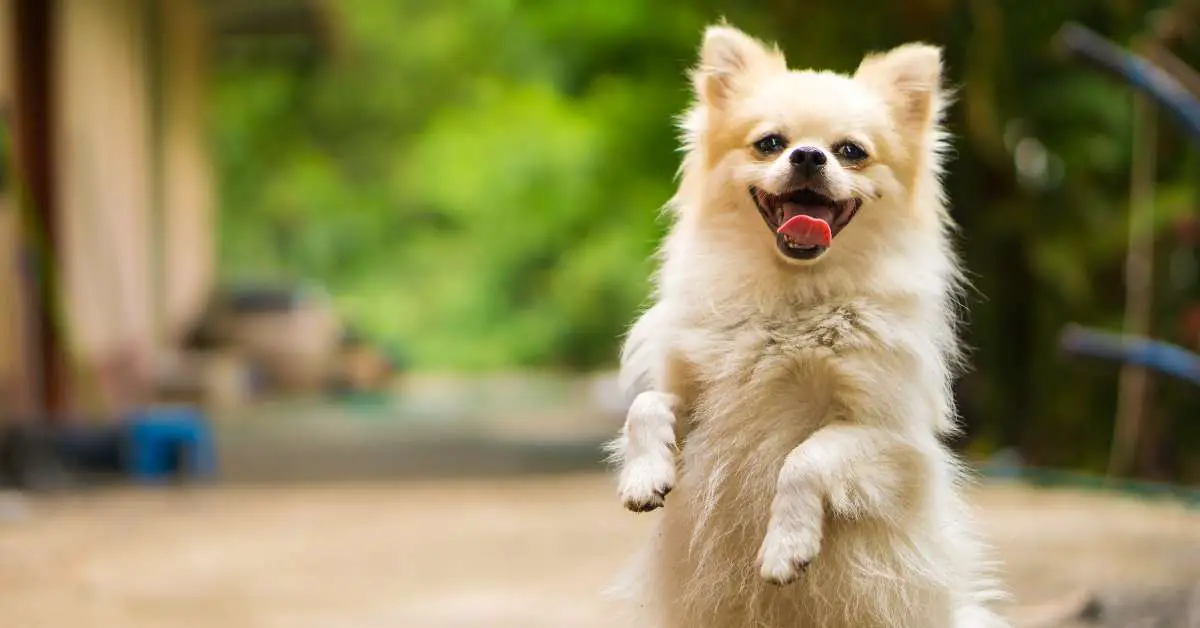
When it comes to the miracle of life, dogs are no exception. Watching your furry friend go through the stages of labor can be an exciting and emotional experience. Understanding what happens during each stage and knowing how to support your dog through the process is essential for a smooth delivery.
In this article, we will delve into the various labor stages in dogs, providing you with valuable insights and practical tips. So, let’s jump right in and explore the journey of a dog’s labor!
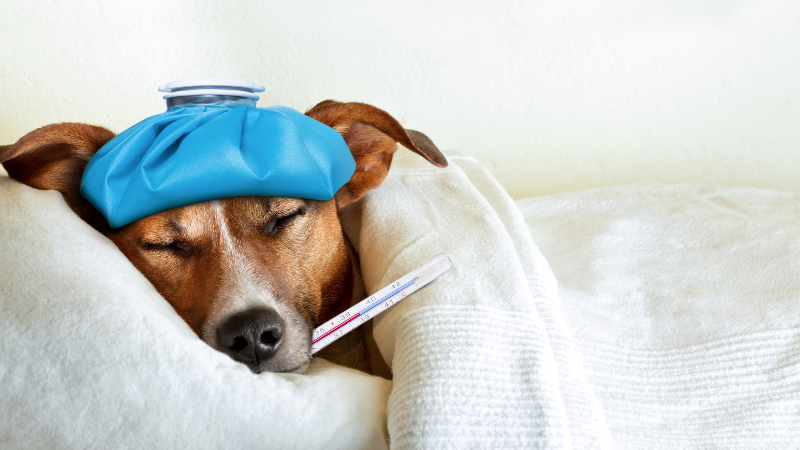
The Importance of Being Prepared for Labor
When it comes time to give birth, dogs, like people, require an environment that is both secure and pleasant. It is absolutely necessary for responsible pet owners to have everything ready far in advance of the deadline.
This entails putting together a whelping space, stocking up on all of the necessary materials, and becoming acquainted with the three stages of labor. Being well-prepared not only helps ease stress for both you and your furry pet, but it also assures the health and safety of your canine companion.

Understanding the Gestation Period
The process of labor starts several hours or even days into pregnancy, before the baby is actually born. Although the average duration of a dog’s gestation period during pregnancy is around 63 days, this number can vary greatly depending on the breed as well as the individual dog.
The body of your own dog’s temperature will go through considerable transformations during this period in order to make room for the developing puppies.
It is necessary to offer enough nourishment and veterinary treatment throughout gestation in order to produce milk to sustain the mother’s health as well as the health of her developing progeny.
The Role of Nutrition in a Healthy Labor
A healthy diet that is well-balanced and rich in nutrients is one of the most important factors in determining the outcome of labor and delivery.
As the due date for your dog’s pregnancy draws closer, you might want to think about switching her over to a high-quality puppy food recipe that was suggested by your veterinarian.
The mother needs the nutrients and energy that are provided by this kind of diet in order to maintain her strength and support during the physically tough labor phase.

Creating a Comfortable Whelping Area
It is extremely important to provide a secure and pleasant whelping location (during dog pregnancy) for your dog (before labor begins).
Find a place in your house that is calm, warm, and distant from areas with a lot of foot activity and other possible sources of disruption.
Bedding that is both clean and comfortable should be placed inside the whelping box in a quiet area to help the mother and puppies stay warm.
Maintain easy access to necessary materials like as clean towels, sterilized scissors, and heating pads that are appropriate for use with puppies.
The Labor Stages in Dogs
There are three different phases of labor in dogs, and each one is characterized by its own unique set of physiological and behavioral shifts. Let’s take a more in-depth look at each level, shall we?
Stage I Labor: Early Uterine Contractions and Nesting Behaviors
Early labor contractions and behaviors such as the nesting behavior are some of the hallmarks of the first stage of labor (Stage labour I).
It’s possible that you’ll notice your dog growing agitated, looking for somewhere quiet to be alone, and displaying other indications of discomfort.
At this point in the labor process, the cervix begins to open up in preparation for the imminent birth.
It is essential that you create an atmosphere that is soothing and encouraging for your dog, that you provide her with comfort, and that you regularly watch her development.
You must provide the whelping boxes to your dogs in order to avoid foul smelling due to their discharges and conduct some blood tests in order to avoid any complication during parturation (especially muscle spasms or cesarean section).
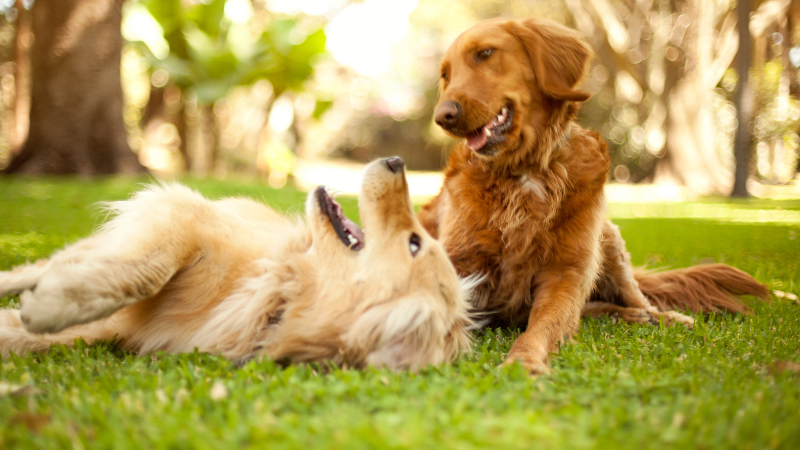
Stage II Labor: Active Labor and Delivery of Puppies
The vigorous and strong contractions of labor don’t start until the stage ii labor, which is also when the puppies are actually delivered through birth canal.
You will notice in stage ii labor that the contractions are getting harder, and it’s possible that your dog may start pushing. Second stage ii labour is also very important among all other labors.
Typically, puppies are delivered in their own unique membranes, which the mother will rip apart with her teeth and kiss in order to encourage the puppies‘ respiration.
Be ready to offer assistance if it is required, but give the mother the opportunity to assume the main role in the care she provides for her infants.
Fact: Uterine Inertia is the main issue that develops due to any abnormality in second-stage labor. In this issue, visible contractions are reduced, uterus is completely dilated and twisted, and it affects the birthing process.
Stage III Labor: Expelling of Placentas
Third stage labor, or stage III labor, is very important as it cleans the dog’s uterus by expelling out the placenta (afterbirths).
A placenta frequently follows each new puppy once it is born. It is normal for the mother dog to ingest the placenta, which is a natural impulse that assists in cleaning up and prevents prospective predators from becoming interested in the area. It also helps in maintaining body temperature and produces milk (by giving a positive feedback to the brain). But all the things happen if the pregnancy and whelping process occurs with out any issue i.e., normal labor in which uterine contractions and vaginal discharge are normal.
On the other hand, not all pregnant dogs will engage in this activity, and the absence of it should not raise any red flags. As soon as the mother has finished giving birth to all of the pups and their placentas, she will start to calm down and concentrate on feeding and caring for her newborn offspring.
If you want to understand the blood profile in all 3 dogs’ labor stages, then here you can find it. Here you can also study the difference between normal labor and abnormal labor in female dogs along with the complete blood circulation pattern in multiple puppies.

Caring for the Newborn Puppies
It is imperative to provide newborn puppies with the appropriate care as soon as the birth process has been completed.
Check that each of all the puppies is breathing, and remove any membranes that could be restricting their airways if necessary. Make it possible for the mother to form a relationship with her puppies and start feeding them.
During the first few weeks of their lives, it is essential to keep a close eye on the pups and ensure that they are putting on weight, feeding normally, i.e., puppies nurse properly and behave in a normal manner.
If you have any worries or questions about your dog or pet’s health, you should talk to your veterinarian.
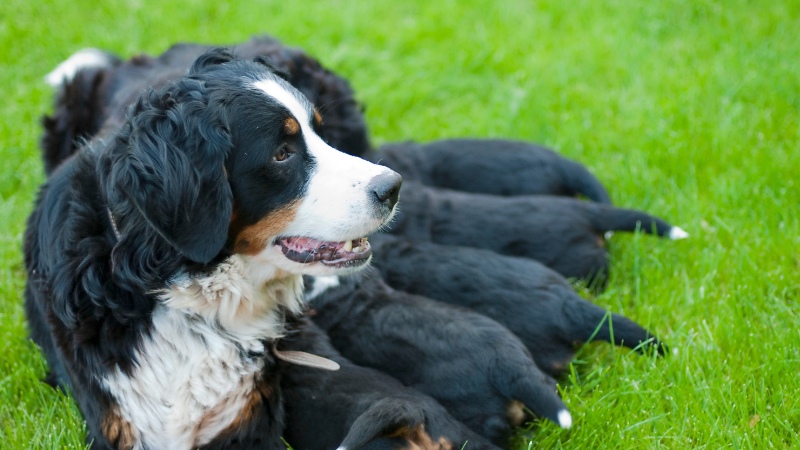
Recognizing Signs of Complications
Even while normal labor, and delivery go easily for the vast majority of dogs, there are still possibilities that anything might go wrong.
It is essential to have a good understanding of the warning indicators that might point to a possible issue. These signs include:
- Green discharge or excessive bleeding
- Weak or distressed puppies
- Umbilical Cord not separating or umbilical cord infection
- Signs of severe pain or discomfort in the mother
- Prolonged and unproductive contractions
- More than two hours of active labor without a puppy being born
If you observe any of these signs, it is crucial to seek immediate veterinary attention. Timely intervention can help prevent complications and ensure the well-being of both the mother and her puppies.

FAQs
How Long Does It Take for a Dog to Normally Go Through Each Stage of Labor?
The first stage of labor can last anywhere from six to twelve hours, while the second stage of labor might vary in length but typically lasts between one and two hours for each puppy.
The third and final stage of labor usually happens anywhere in hours pass, from 15 minutes to an hour after each puppy is delivered.
Should I Provide My Assistance Throughout the Process of Delivery?
In most cases, it is best to let the mother give birth on her own without any assistance from a medical professional.
However, it is imperative to seek the advice of a veterinarian if there are any difficulties or if the mother appears to be having difficulty giving birth.
When Should I Be Concerned During Labor?
It is imperative that you speak with a veterinarian as soon as possible if your dog is exhibiting indications of distress, if the labor lasts for over an hour or extended period of time without progress, or if there is considerable bleeding or vaginal discharge throughout.
You can study the physiology of a dog’s uterus in labor, which further clears the stages of labor in female dogs here.
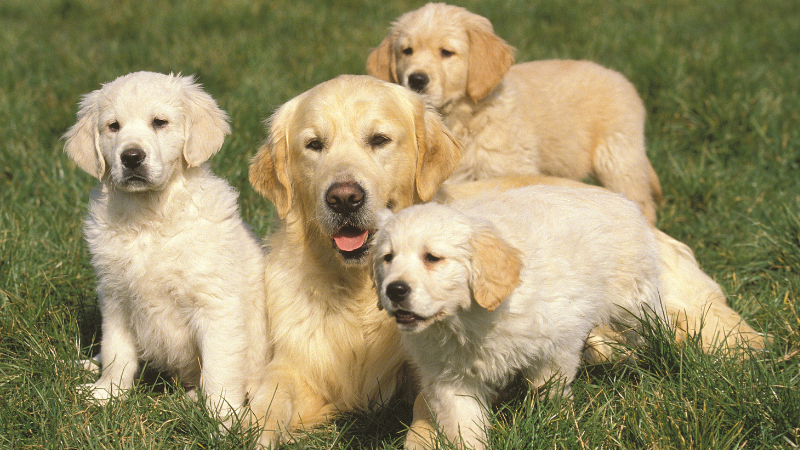
What Should I Do if a Puppy Is Not Breathing?
If you notice that a newborn puppy is not breathing, you can get them to start breathing again by gently rubbing them with a clean cloth. If it does not work, you should seek quick medical treatment from a veterinarian.
It is important to keep in mind that the process of giving birth can be unique for each dog, and it is imperative that you consult with your veterinarian in order to receive individualized advice and direction based on your particular circumstance.
How Many Puppies Are Usually Born in One Litter?
The number of puppies born in a single whelping, or litter, can vary depending on the breed of the dog. It is important to note that these are general averages, and individual dogs may have large litters or that fall outside of the typical range. Here are some approximate average litter sizes for different dog breeds:
- Small/Toy breeds (e.g., Chihuahuas, Shih Tzus): 1 to 4 puppies
- Medium breeds (e.g., Beagles, Bulldogs): 4 to 6 puppies
- Large breeds (e.g., Golden Retrievers, German Shepherds): 6 to 8 puppies
- Giant breeds (e.g., Great Danes, Saint Bernards): 8 or more puppies
How Many Placentas Can Dogs Usually Have?
Dogs typically have one placenta per puppy during pregnancy. The placenta is an organ that develops in the uterus to provide nourishment and oxygen to the growing fetus. Each puppy attaches to its own individual placenta through the umbilical cord. This allows for the exchange of nutrients and waste between the mother dog and each developing puppy. So, in a litter of puppies, there will usually be as many placentas as there are puppies.
Conclusion
As you eagerly await the arrival of new furry additions to your family, understanding the labor stages in female dogs is essential.
You’ll be able to provide your female dog with all the support she needs to go through this incredible experience if you get organized, make sure she gets the nutrients she needs, set up a suitable place for her to give birth, and keep an eye on her development.
The protection and well-being of the mother and her priceless pups may be ensured by paying attention to the warning indications and obtaining professional aid veterinary assistance from a veterinarian when it is required.
So, embrace this amazing process with love, care, and a deep appreciation for the wonders of life.
